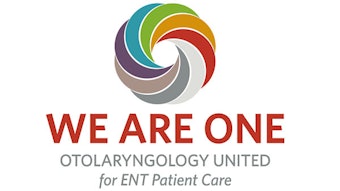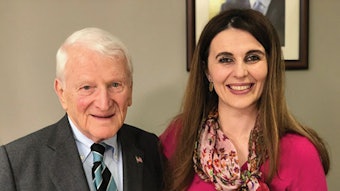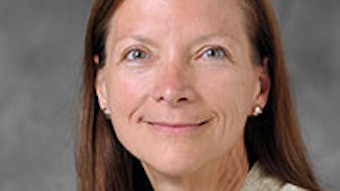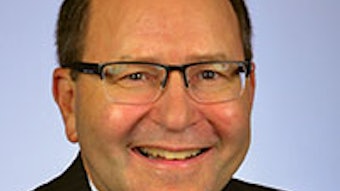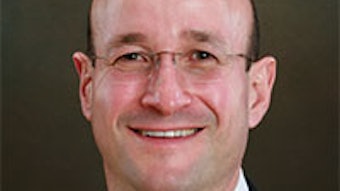Academy Advantage Premium Partner: The Doctors Company | Doctors examine injury risks with malpractice closed claims
Taking a close look at research into real-life malpractice claims and incorporating some of the findings into their practices is one way physicians are reducing risks of adverse events.
Robin Diamond, MSN, JD, RN, former senior vice president of patient safety and risk management, The Doctors Company
Taking a close look at research into real-life malpractice claims and incorporating some of the findings into their practices is one way physicians are reducing risks of adverse events. The following are examples of doctors who learned from malpractice closed claims studies and, as a result, took patient safety in their practices and hospitals to the next level.
Doctor spotlight: Phillip Haeck, MD, a plastic surgeon at The Polyclinic in Seattle, Washington.
- Risk trend: The Plastic Surgery Closed Claims Study [https://www.thedoctors.com/articles/plastic-surgery-closed-claims-study] notes that 10 percent of claims against plastic surgeons involve miscommunication between the patient or family members and the doctor.
- Solution: Dr. Haeck presented the study to his six partners and 35 staff members and they reviewed communication practices. As a result, the practice administered changes to communication protocols. It now has clear guidelines to identify each communication, when it took place, and what resulted. All communication—including social media exchanges between patient and staff—are now entered into the electronic health record (EHR) to alert the surgeon.
Doctor spotlight: Roneet Lev, MD, FACEP, chief of the emergency medicine department at Scripps Mercy Hospital in San Diego, California.
- Risk trend: The Emergency Medicine Closed Claims Study [https://www.thedoctors.com/articles/emergency-medicine-closed-claims-study/] identifies the need for rapid recognition of stroke patients and treatment with tissue plasminogen activator (tPA).
- Solution: The hospital system now initiates its emergency protocol for potential strokes when the call is placed to 911. The patient is taken straight to the CT scan without stopping at an emergency department bed. This expedites patient care as they activate the stroke team.
Doctor spotlight: John Nelson, MD, internal medicine hospitalist at Overlake Medical Center in Bellevue, Washington.
- Risk trend: The Hospitalist Closed Claims Study [https://www.thedoctors.com/articles/hospitalist-closed-claims-study/] reveals that spinal epidural abscess—a disease relatively uncommon—is appearing in medical malpractice claims more frequently. A diagnosis-related error involving spinal epidural abscess can lead to dire consequences, including paralysis.
- Solution: “This study should serve as a strong reminder for hospitalists of the importance of maintaining a very high index of suspicion for spinal epidural abscess,” Dr. Nelson said. Symptoms of back pain, leukocytosis, and fever are red flags but alone do not equate with epidural abscess. It requires a great deal of judgment to decide which cases are appropriate for this diagnosis. “If you think a patient could have it, and it’s worth pursuing, you should pursue it now rather than later. So, for example, get an MRI tonight rather than tomorrow.”
By leveraging technology, implementing new protocols, and being better equipped to address scenarios that could negatively impact patient safety, these practices and hospitals are taking steps in advancing patient care. Further insights from doctors who are learning from malpractice claims are available in The Doctors Company’s Innovations in Patient Safety video playlist. [https://www.youtube.com/playlist?list=PLs0-nKqwogxJ4DMqRgkTlYQBdhotxW_2S].
The Doctors Company offers Academy members expert guidance, resources, and coverage. That’s malpractice insurance without the mal. Learn more at http://www.entnet.org/content/academy-advantage.



